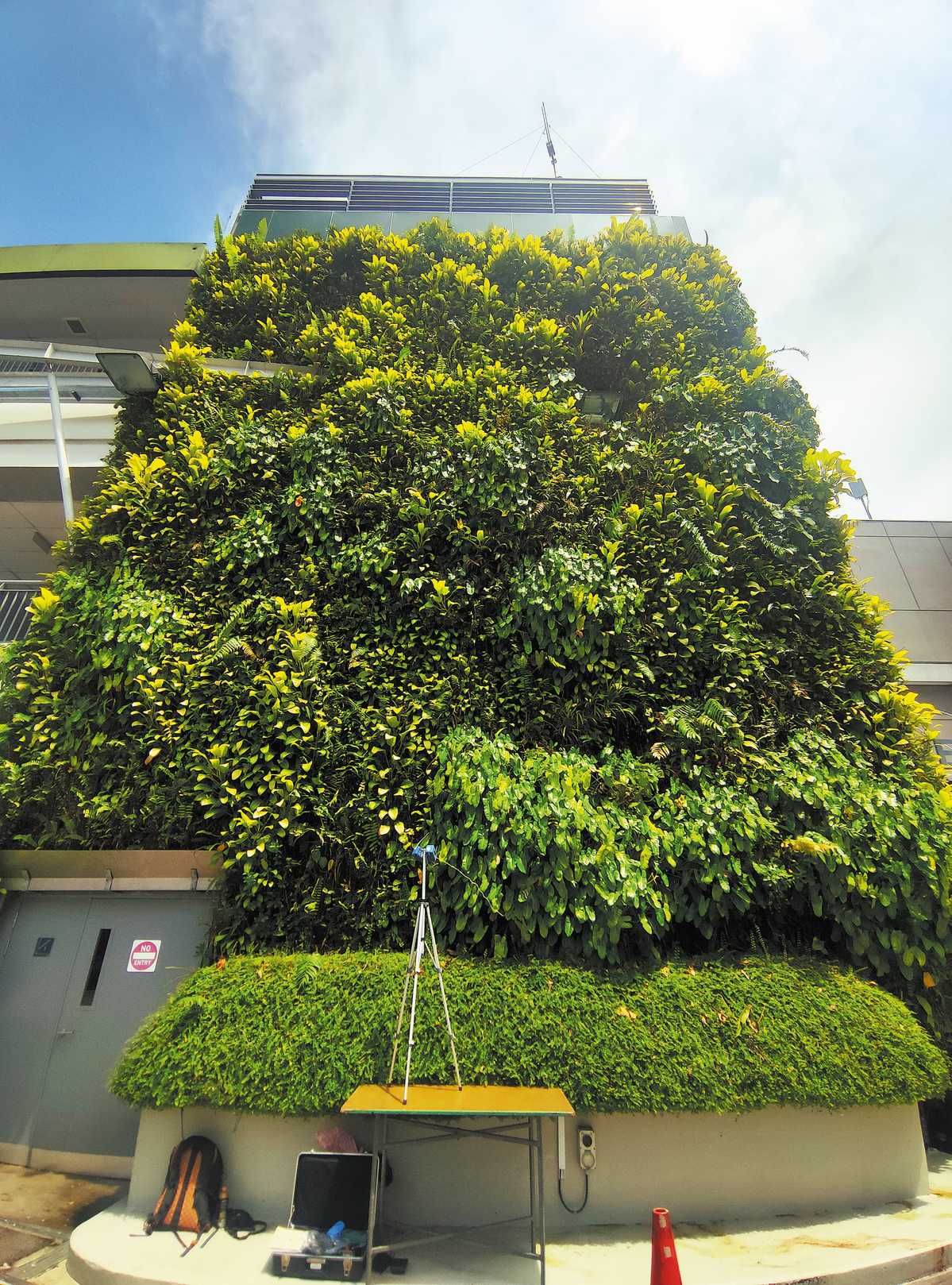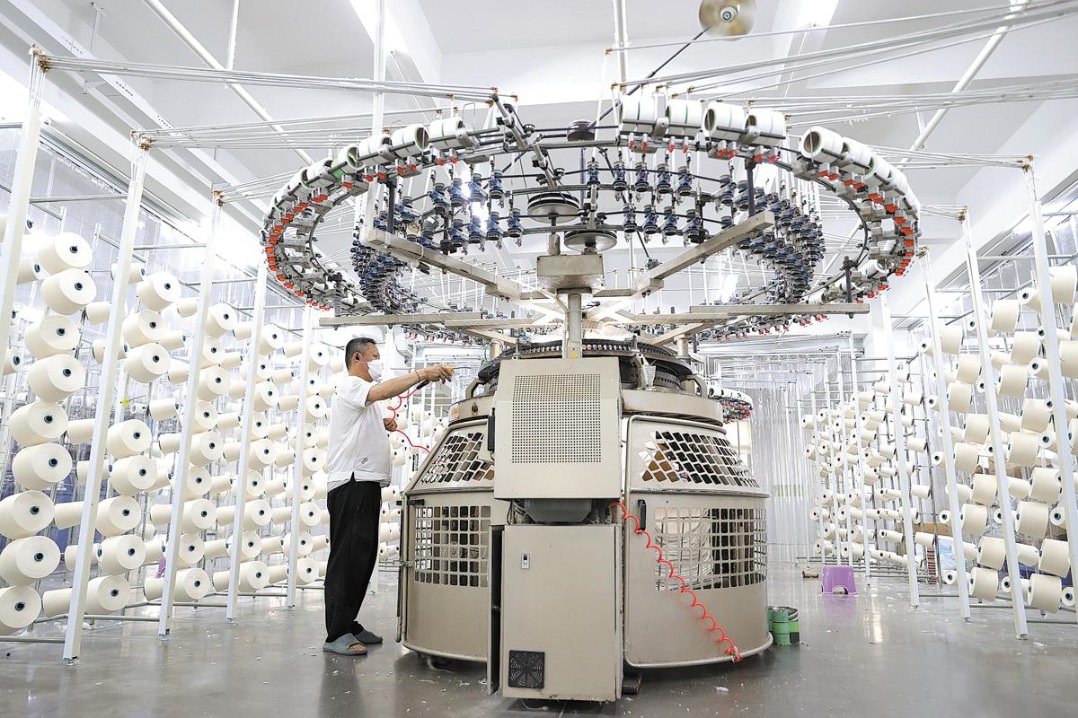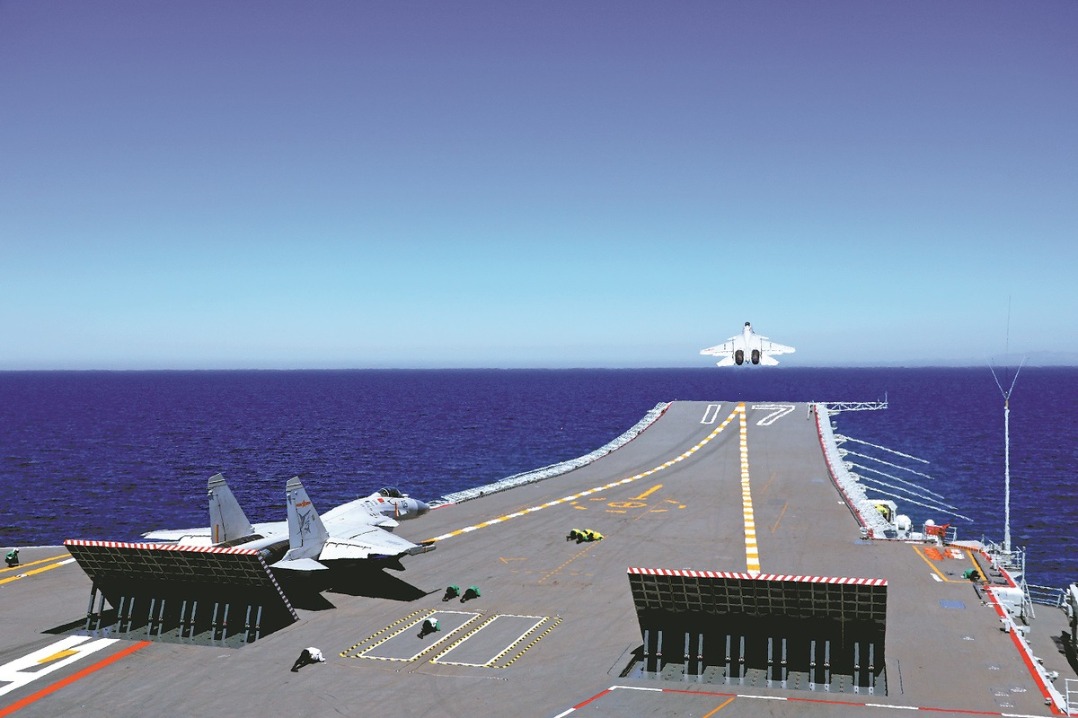Building blocks for comeback by nature
Researchers look at innovative ways of undoing human damage


Editor's note: In this weekly feature China Daily gives voice to Asia and its people. The stories presented come mainly from the Asia News Network (ANN), of which China Daily is among its 20 leading titles.
Decades of development have turned Singapore from a lush island and fishing village into a thriving metropolis, but at huge cost to its nature.
Research groups are now embarking on studies to coax wildlife back to the country's urban and coastal areas, through vertical greenery or underwater structures known as fish houses that can provide a habitat for these creatures.
Such work comes amid a global push for countries to halt the rapid retreat of nature.
Under the Kunming-Montreal Global Biodiversity Framework, a United Nations treaty that aims to stop or even reverse damage to nature, countries have pledged to restore, maintain and improve nature's contributions to people over the next six years.
Researchers' findings could not only help to make urban Singapore a habitat hospitable to both humans and animals, but also offer solutions for other areas grappling with the loss of biodiversity due to development.
Peter Todd, an associate professor at the National University of Singapore, or NUS, who conceived the study on the fish houses, said: "As coastlines around the world are increasingly modified by urbanization and the need to defend against sea level rise, it is vital that we find ways to mitigate some of the worst effects."
Condos for fish
About 70 percent of Singapore's coastline is guarded by hard structures, including sea walls, that help protect land and infrastructure from erosion caused by waves and tides.
This has resulted in the loss of fish habitats such as coral reefs and mangrove forests, said researchers in the Experimental Marine Ecology Laboratory of NUS.
A little more than five years ago, to encourage the return of fish life, the researchers deployed the fish houses, artificial structures made of concrete blocks, at the base of sea walls at five different sites at Pulau Hantu, one of Singapore's southern islands.
"Sea walls and other concrete coastal infrastructure are usually designed in a very uniform way and are structurally very simple, but marine animals need places to hide, find shelter, rest and more," said Daisuke Taira, a research fellow at the university involved in the study.
"Such gray infrastructure destroyed their habitats, so with the fish houses we are trying to do something to mitigate the impacts for the fish to come back and utilize these habitats."
In a coral reef, for example, hard corals and their different growth forms — some have branches, others look like plates, while others grow massively — provide a highly complex environment that can support fish, sea slugs, crustaceans and many other creatures.
























